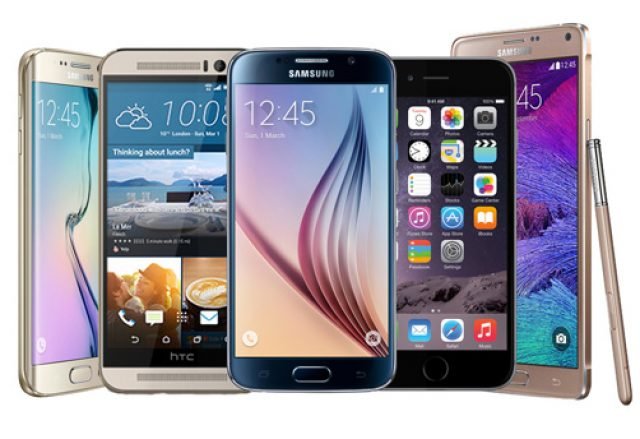What’s in it for me? Learn the little-known story of the one device to rule them all.
Apple’s iPhone is often seen as the pinnacle of modern consumer technology. It rules modern markets, having replaced MP3 players, cameras and palm pilots with one handheld miracle. But this device’s story is deeper and more complex than is immediately apparent.
The iPhone wasn’t the first smartphone. It rests on the shoulders of countless other innovations, including phones, voice-recognition tools and touch-screen technology.
And the innovators who paved the way for the iPhone aren’t the only unsung heroes in this tale; there are also the millions of workers worldwide who toil in abominable South American mines and Chinese mega factories.
The iPhone has changed the technological world and its history stretches far beyond Steve Jobs.
Unless you’ve been living under a rock for the last ten years, you know that the iPhone is a colossal success. Indeed, it’s so successful that, in 2016, when technology-industry expert Horace Dediu made a list of the world’s top products, he listed the iPhone as not only the best-selling phone, but the best-selling camera, music player, video player and computer. The phone has sold one billion units. To give some perspective, that’s 550 million more units than the mega-hit Harry Potter series sold.
Not just that, but when Wall Street analysts took stock of the most profitable products in the world, the iPhone was one of the top items on their list as well. It was even one place above Marlboro cigarettes, one of the biggest manufacturers of one of the world’s most addictive products.
So the iPhone is ludicrously popular. But why?
Most people attribute its success to Steve Jobs, the man often given sole credit for its invention. However, the history of the iPhone truly begins in the early 2000s with a small group of Apple employees who were secretly experimenting with human-computer interfaces.
The group contained a few software designers and input engineers and one industrial designer, all of whom met, without Job’s knowledge, to experiment with unconventional user interfaces. Among them was Joshua Strickon, who’d recently received his PhD from MIT Media Lab. He was a wiz with human-computer interaction and touch-based technology software.
Alongside Strickon were people who pioneered the field itself, like Greg Christie, head of the Human Interface team and a lead force on Apple’s handheld mobile device, the Personal Digital Assistant. The group collectively believed that the traditional keyboard and mouse were outmoded. So they set out to enable more direct interaction with computers and explored motion sensors and multitouch technology in particular.
After months of tinkering, they produced the first, very low-tech prototype of what would eventually become the iPhone. However, they certainly weren’t the first to delve into such technology.


Congratulations! This post has been upvoted from the communal account, @minnowsupport, by Aki0007 from the Minnow Support Project. It's a witness project run by aggroed, ausbitbank, teamsteem, theprophet0, someguy123, neoxian, followbtcnews, and netuoso. The goal is to help Steemit grow by supporting Minnows. Please find us at the Peace, Abundance, and Liberty Network (PALnet) Discord Channel. It's a completely public and open space to all members of the Steemit community who voluntarily choose to be there.
If you would like to delegate to the Minnow Support Project you can do so by clicking on the following links: 50SP, 100SP, 250SP, 500SP, 1000SP, 5000SP.
Be sure to leave at least 50SP undelegated on your account.